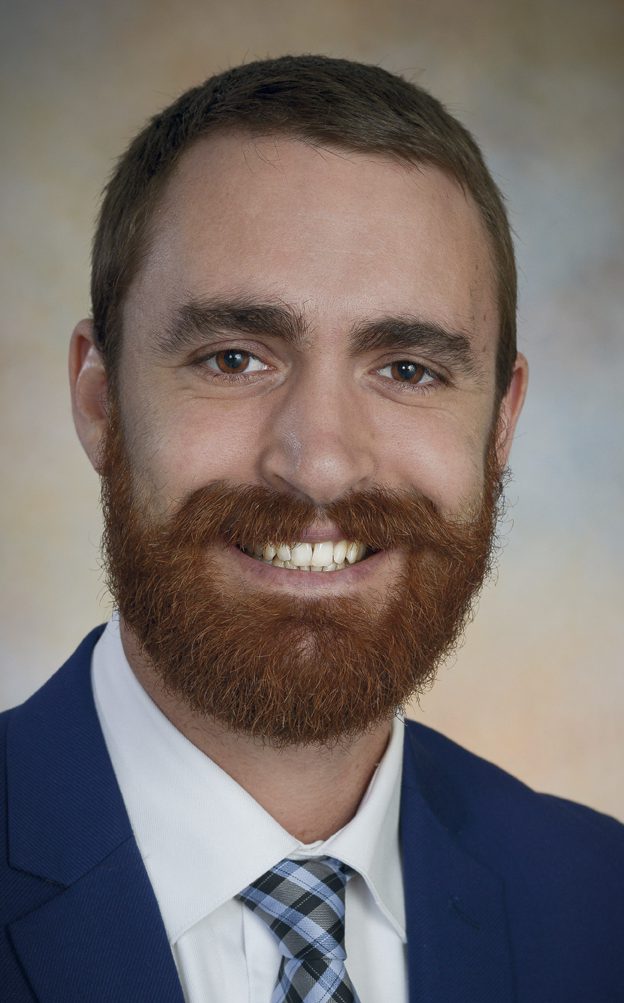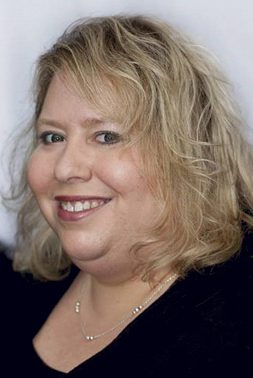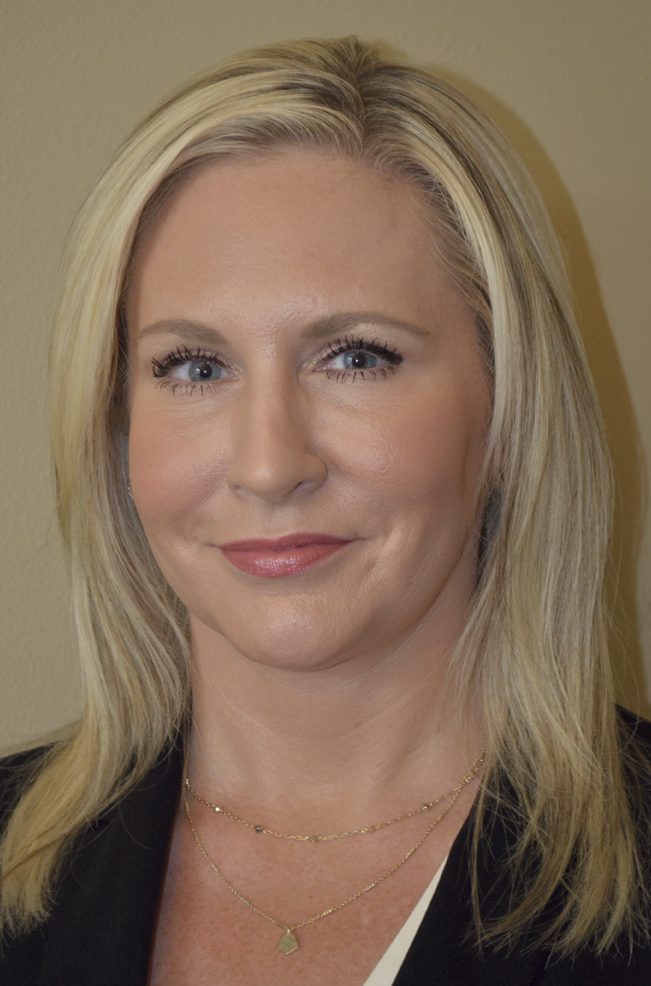ARCHITECTS AND ENGINEERS PROFESSIONAL LIABILITY INSURANCE
A soft spot in the liability market looks to get harder as claims increase
By Joseph S. Harrington, CPCU
Until now, architects and engineers (A&E) have enjoyed a relatively soft market for professional liability insurance, even as other liability lines have hardened over the past two years.
It appears that is changing, however, as claims grow in the A&E sector.
“When compared to other lines of coverage—especially excess casualty and auto liability—the market for architects and engineers professional liability remains soft,” says Timothy Prosser, a consultant in RT Specialty’s Environmental & Construction Professional Practice (RT ECP).
“A well-populated market means that most insureds, with some exceptions depending on specific facts and circumstances, can find alternatives if their current carriers impose restrictions or push for higher rates,” Prosser says, adding that surplus lines carriers are boosting their share of the A&E market.
That view is essentially shared by Prosser’s counterpart at The Hartford.

—Timothy Prosser
Consultant, Environmental & Construction Professional Practice
RT Specialty
“The architects and engineers professional liability market continues to be very competitive and coverage remains broad,” says Allison Esrig, The Hartford’s managing director for architects and engineers professional liability coverage. (Esrig came to The Hartford after its 2019 acquisition of The Navigators Group, where Esrig was a vice president.)
She adds, however, “that we are seeing the market harden for certain disciplines, projects and locations that are having adverse claim activity.”
Claims hike
Insurers covering A&E professional liability reported a rather sudden increase in claim frequency and severity in 2019, according to the latest annual survey of the market by Ames & Gough, a specialty insurance brokerage that focuses on professional and management liability risk.
In a release announcing the survey results, Ames & Gough reports that “for the first time in several years, [A&E] claims activity was on the rise last year,” with 40% of the respondents indicating that their claims experience deteriorated in 2019, up from 6% saying so for 2018.
“With losses mounting, insurers are zeroing in on higher risk disciplines, projects, and geographic locations, where they’re seeing not only more claims but higher claim severity,” says Joan DeLorey, a senior vice president, partner, and survey co-author with Ames & Gough, as quoted in the release.
Geotechnical engineers, structural engineers, and design firms working on multi-family residential projects are among the disciplines being subjected to increased underwriting scrutiny, says Prosser. He notes that growth in “contractor-led design-build” projects, where a single entity is responsible for both construction and design, adds to liability losses.
“While this approach can allow for faster construction, it also has a reputation for being more prone to professional liability claims compared to traditional design-bid-build projects,” he says. “So you can expect A&E professional liability carriers to apply higher rates to firms working with design-build contractors.”

—Allison Esrig
Managing Director, A&E Professional Liability
The Hartford
No surprise
Hardening of the market for A&E liability coverage is not news to Shannon Beric, principal, senior vice president and broker with Brown & Riding, a wholesale brokerage providing access to property, casualty, management liability, and professional liability insurance.
“The A&E professional liability marketplace is definitely hardening,” Beric says. “We anticipate that trend to intensify over the next 12 to 24 months while carriers continue to increase rates.
“Carriers are tightening up on certain disciplines and project types, such as geotechnical and soils engineering, structural engineering, and residential exposures,” she adds. “We are seeing fewer markets willing to take on those exposures. The ones that do tend to offer lower limits, higher retentions, higher premiums, and not as many coverage extensions.”
Beric finds the hardening to extend into the excess layers.
“With the A&E market hardening, we often find ourselves having to look for excess terms,” she says. “A carrier may only want to put up a $3 million limit instead of the $5 million it used to. Finding the additional limits can be challenging.”
In cases where a primary policy provides broad coverage, such as cyber coverage for network security and privacy liability, or expanded coverage for general liability or pollution, Beric says it is difficult to find an excess carrier that will provide coverage over the applicable underlying limits.
That said, some professional liability carriers see growth opportunities in excess layers, according to Prosser.
“Due to the severity of losses in theprofessional liability space, the limit deployed by a single carrier is usually capped at $5 million per claim and in the aggregate,” he says. “It often makes financial sense to pursue excess options with other markets on a follow-form basis.With the market for primary layers still saturated, many carriers are looking to the excess space as a source of growth.”
Loss severity is driving demand forincreased limits, according to Scott Kenny,senior vice president and program man-ager for architects and engineers at FrebergEnvironmental Insurance, a firm special-izing in insurance program management.
“The pressure for increased limits and the number of competitors makes it more complicated to put programs together,” he says.

—Shannon Beric
Principal, Senior Vice President and Broker
Brown & Riding
Addressing cyber
Since they are not in the business of warehousing information on individuals and organizations, architects and engineers have less exposure to data breaches than other professional firms, but they still have critical exposures to cyber loss, especially for theft or corruption of designs stored online.
“Cyber exposure for design firms remains low when compared to other industries such as retail and health-care,” says Prosser. “As a result, many carriers build varying degrees of cyber coverage into their professional liability forms, and the take-up rate for stand-alone cyber policies is relatively low.”
Freberg Environmental’s A&E policies will cover losses arising from computer operations, says Kenny, but covered losses have to arise from or result in a failure to provide a covered professional service. “A claim has to relate to the provision of professional services,” he says.
Beric finds value in offering broader coverage.
“Ransomware, social engineering fraud, and invoice manipulation are top threats for an A&E firm,” she says. “Coverage extensions for these exposures are typically not included with cyber coverage built into other policies.
“Therefore,” she says, “we typically recommend that an A&E firm purchase an all-encompassing stand-alone cyber policy.” In Beric’s estimation, not only does a stand-alone cyber policy provide more comprehensive cyber coverage, it also protects the professional liability limits from being eroded by a cyber breach.
Esrig concurs with that. “A stand-alone cyber policy is the preferred method,” she says. “It insulates the professional liability policy from cyber exposures.”
Pandemic response
What the impact of the COVID-19 pandemic will be on architects and engineers professional liability is anybody’s guess, but that there will be an impact is beyond question.
“Like many industries, the A&E market will feel the impact of COVID-19,” says Esrig. “2019 was a strong year for the construction industry, with design firms also experiencing an increased demand for services. With the pandemic and subsequent economic downturn, all that came to a sudden halt.
“As the country reopens, firms will have to adapt their practices to comply with post-pandemic safety requirements,” she says. “As in 2008, firms may see claims arising out of a declining economy and the shutdown of projects. With diminishing project financing and firms going out of business, project owners may look to insurance policies to recoup their losses.”
“The speed at which COVID-19is impacting the economy is unprecedented,” says Beric. “Insurers are starting to increase rates in response to the pandemic, and we should anticipate coverage will likely evolve to exclude pandemic-related losses.”
That’s slowly starting to happen, says Prosser.
“Thus far, A&E professional liability insurers, in RT ECP’s experience, have imposed relatively few restrictions,” he says, largely because many A&E liability policies never contemplated coverage for losses arising from a pandemic.
Prosser adds, however, that insureds should be on the lookout for “clarifying” endorsements, as some carriers are adding endorsements addressing coverage for claims arising out of viruses, communicable diseases, or COVID-19 specifically.
For more information:
Ames & Gough
www.amesgough.com
Brown & Riding
www.brownandriding.com
Freberg Environmental Insurance
www.feiinsurance.com
RT Specialty
www.rtspecialty.com
The Hartford
www.thehartford.com
The author
Joseph S. Harrington, CPCU, is an independent business writer specializing in property and casualty insurance coverages and operations. For 21 years, Joe was the communications director for the American Association of Insurance Services (AAIS), a P-C advisory organization. Prior to that, Joe worked in journalism and as a reporter and editor in financial services.






